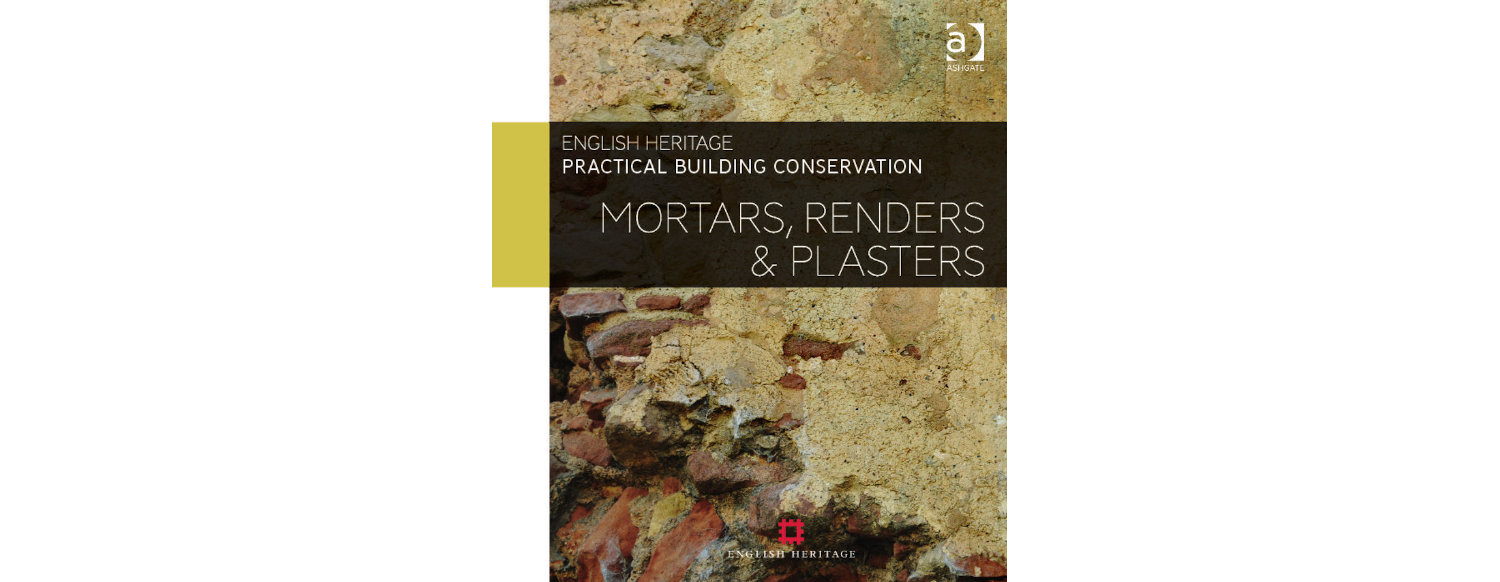Blog item

Book Review: Mortars, Renders and Plasters
Mortars, Renders and Plasters is an extensive read leading through materials and history of use, deterioration and damage, assessment, treatment and repair, and ending with care and maintenance. Since it seems that the authors aimed for a comprehensive study, readers will also find very intriguing introductory information on natural cements, floors and ruins in the chapter on special topics.
This book edited by Alison Henry and John Stewart is actually a new edition of the book with the same name written in 1988 by John and Nicola Ashurst. The new volume, part of the 10-volume Practical Building Conservation Series, contains plenty of updated information and maintains the delicate balance between instructive illustrations and well-structured paragraphs. Just like its predecessor, its ambition is to serve as the reference on mortar-related topics and I believe it fully succeeds. There is, however, something else which makes this book special: the lightness of the writing style conveying the strong content leaves the feeling that the authors truly enjoyed realizing the project through.
In about 600 pages the book gives a comprehensive historical context, strong technical information and – last but not least – content highly relevant to practice and application.The chapters are carefully arranged but at the same time could function autonomously. The descriptions are sharp and the terminology precise; and, most importantly, the writing is accessible. In the chapters’ subsections, techniques and other particular information are periodically brought forward, such as the determination of particle size distribution or the removal of graffiti. Coloured links indicate when certain topics are discussed in depth in another volume of the series. To give the reader a direction to continue the journey, each chapter ends with a further reading section providing crucial publications of the last two decades.
Mortars, Renders and Plasters is the book I needed to read during my studies: it provides plenty of insights and helps structure students’ knowledge at an early stage of professional development. Although I personally graduated in 2012 before this publication was released, luckily one is never too far along to get some facts straight. Furthermore, this is an important source for the state of the art in the field. Some practitioners will certainly have different opinions on parts of the volume; nevertheless there is no authoritative alternative to this book!